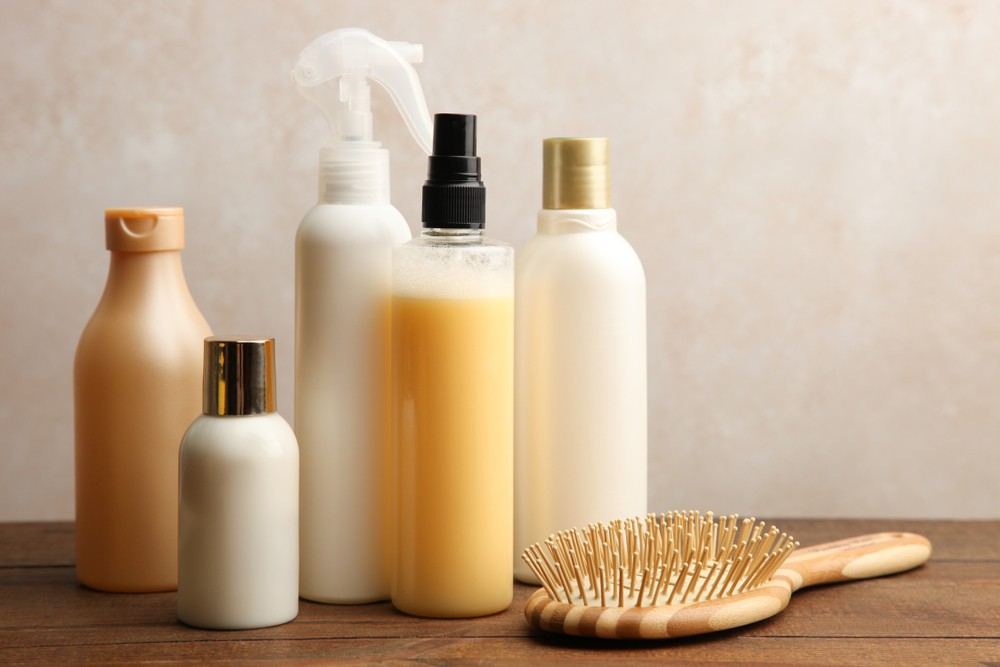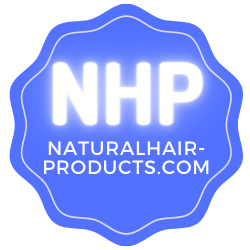Guide to Natural Hair Care: Tips & Routine
- NHP
- Hair Growth 101
- Hair Growth Products
- Tips & Routine

For those embracing their natural hair texture, proper care is essential for maintaining healthy, beautiful tresses. Natural hair has unique needs that differ from chemically treated hair, requiring specific techniques and products to thrive.
In this comprehensive guide, we'll explore the best practices for natural hair care that will keep your curls, coils, and kinks looking their best.
Understanding Your Hair Type
Before diving into a hair care routine, it's crucial to understand your specific hair type. The Andre Walker Hair Typing System categorizes natural hair into four main types:
- Type 4 (Coily/Kinky): Tight coils or zig-zag pattern
- Type 3 (Curly): Loose curls or tight corkscrews
- Type 2 (Wavy): S-shaped waves
- Type 1 (Straight): Naturally straight (though this guide focuses on textured hair)
Each type has different needs for moisture, protein, and styling. For example, Type 4 hair typically requires more intensive moisture, while Type 3 may need lighter products to avoid buildup.
The Natural Hair Care Routine Essentials
1. Cleansing with Care
Traditional shampoos can strip natural hair of its essential oils. Opt for sulfate-free cleansers or co-washes (conditioner washes) that gently remove dirt without drying. Limit washing to once every 1-2 weeks to maintain natural oils.
2. Deep Conditioning is Key
Weekly deep conditioning treatments provide intense moisture that natural hair craves. Look for products containing:
- Shea butter
- Coconut oil
- Avocado oil
- Honey
- Aloe vera
3. The LOC/LCO Method
This popular technique locks in moisture:
- Liquid (water or leave-in conditioner)
- Oil (to seal in moisture)
- Cream (to further moisturize)
Some find the LCO (liquid, cream, oil) method works better for their hair type.
4. Protective Styling
Protective styles like braids, twists, and buns prevent breakage by minimizing manipulation. When done properly, these styles can help retain length and moisture.
5. Nighttime Protection
One often overlooked aspect of natural hair care is nighttime protection. Sleeping on cotton pillowcases can cause friction and moisture loss. Silk or satin bonnets and pillowcases help maintain moisture and reduce breakage.
For the best options, check out this guide to the 10 best hair bonnets for sleeping to keep your hair protected overnight.
DIY Natural Hair Treatments
1. Avocado & Honey Mask
Mash one ripe avocado with 2 tbsp honey and 1 tbsp olive oil. Apply to damp hair, leave for 30 minutes, then rinse for intense moisture.
2. Apple Cider Vinegar Rinse
Mix 2-3 tbsp ACV with 1 cup water. After shampooing, pour through hair to remove buildup and restore pH balance.
3. Aloe Vera Growth Treatment
Combine fresh aloe gel with coconut milk and a few drops of rosemary essential oil. Massage into scalp to stimulate growth.
Common Natural Hair Mistakes to Avoid
Over-manipulation: Constantly touching and styling leads to breakage.
Using the wrong products: Heavy butters on fine hair or light products on coarse hair won't work.
Neglecting protein balance: While moisture is crucial, occasional protein treatments prevent limp, weak hair.
Heat damage: Limit use of flat irons and blow dryers, always using heat protectant.
Ignoring your scalp: A healthy scalp means healthy hair growth.
Seasonal Hair Care Tips
Summer:
- Increase moisture to combat humidity
- Wear protective styles to minimize sun exposure
- Rinse hair after swimming to remove chlorine/salt
Winter:
- Use heavier creams and butters
- Wear hats over satin-lined caps
- Limit washing to prevent dryness
Spring/Fall:
- Clarify to remove product buildup
- Trim ends to prevent split ends from traveling up the shaft
- Adjust products as humidity changes
The Best Natural Ingredients for Hair Health
- Shea Butter: Excellent moisturizer for dry, brittle hair
- Coconut Oil: Penetrates hair shaft to prevent protein loss
- Aloe Vera: Soothes scalp and promotes hair growth
- Honey: Humectant that draws moisture into hair
- Rosemary Oil: Shown to stimulate growth comparable to minoxidil in studies
Transitioning from Relaxed to Natural
For those growing out relaxers:
- Start with regular trims to gradually remove chemically treated hair
- Keep new growth moisturized as two textures have different needs
- Consider styles like twist-outs or braid-outs to blend textures
- Be patient - transitioning typically takes 12-18 months
Final Thoughts
Caring for natural hair requires understanding its unique needs and being consistent with your routine. By focusing on moisture retention, gentle handling, and protective practices (including using quality sleep bonnets), you can maintain healthy, thriving natural hair.
Remember that what works for others may not work for you - embrace the journey of discovering your hair's perfect routine.



